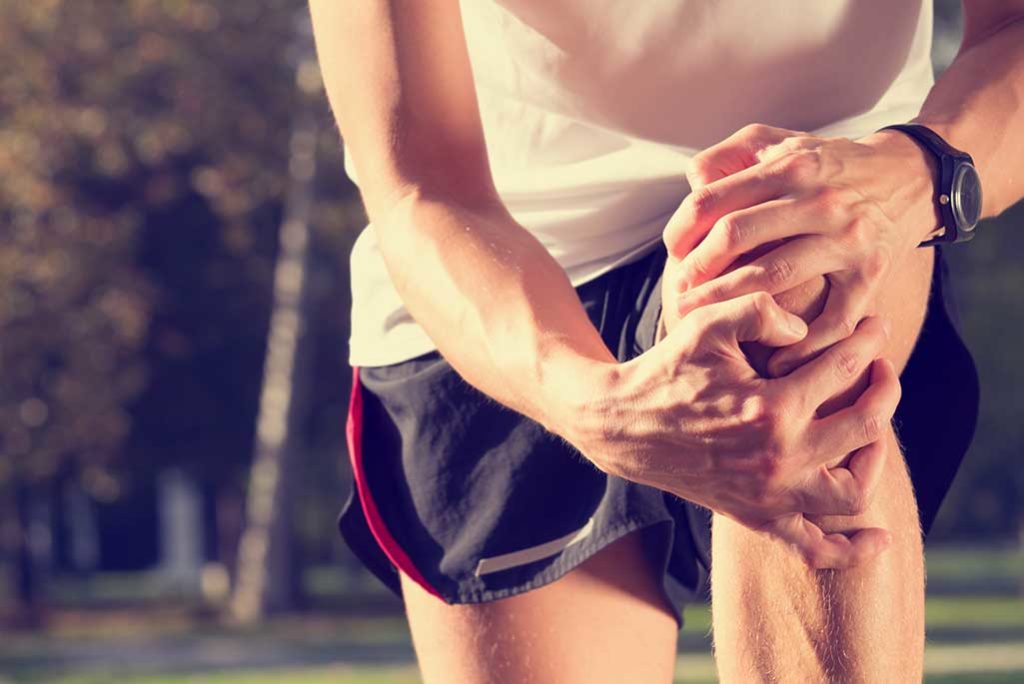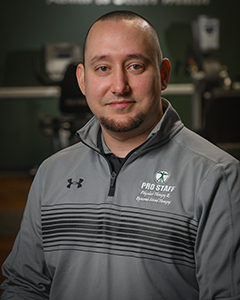What even is an ‘anterior cruciate ligament’?

The knee is a commonly injured joint at any age, but specifically for athletes, and one of the most common ways people hurt their knees is by injuring their ACL, or anterior cruciate ligament. The ACL is one of the most important tissue bands holding the bones within your knee together. The ACL is responsible for stabilizing your knee, so injuring it is nothing to scoff at. An ACL injury occurs when the tissue is torn, often caused by a sudden movement or sharp turn when running or jumping. Common symptoms of an ACL tear include immediate swelling, apprehension or instability, buckling, and pain. The number of ACL injuries has increased rapidly within recent years.
How does it happen?
Athletes often injure their ACL when they stop and quickly change directions while running or jumping. Those who participate in soccer, football, basketball, volleyball, or gymnastics are among the most likely to twist their knees by mistake in competition. ACL injuries are also more common among women than men.
What are the symptoms?
A sudden popping noise coming from your knee will likely be the first clue of ACL injury. The more common sustained symptoms include:
- Pain You may feel soreness along your knee’s joint line or struggle to apply pressure on the leg.
- Swelling This is a classic symptom of a tear. When the injury is mild, apply ice, keep the knee in an extended, elevated position. These remedies will help more with meniscus tears, However, this method is mostly linked with meniscus tears rather than ACL injuries, as swelling will not reduce for ACL.
- Trouble walking If you’re able to put pressure on the hurt leg, you may notice that your knee joint feels looser then it should. We highly recommend receiving an X-ray if you are unable to walk more than 4 steps. While the x-ray will not show if the ACL is torn, it can identify whether there is fracture.
- Reduced range ACL injuries often prevent you from bending and flexing your knee like you normally would.
How is it diagnosed?
- Tests Your doctor may ask you to lie on your back and bend your knees at certain angles. By gently shifting your leg, your doctor, physical therapist, or athletic trainer can check if any of your bones are moving in an abnormal way.
- MRI An ACL injury will appear on the images from these tests, so undergoing an MRI scan is recommended.
What’s the treatment?
It depends. Some of the options your doctor may suggest include:
- Rest You may only need to put ice on your knee, elevate your leg, and stay off your feet. You can reduce swelling by wrapping a bandage around your knee. Crutches can also help to keep weight off the injury.
- Medication Prescribed anti-inflammatory drugs can help reduce swelling and pain. For extreme pain, your doctor may inject your knee with a steroid medication.
- Knee brace Some people may only need a brace for extra support when they run or play sports.
- Physical therapy Certain exercises will strengthen the muscles around your knee and help you regain a full range of motion. Physical therapy will also focus to improve your balance and regain function to your prior level of function and sport.
- Surgery If your ACL is torn badly, a surgeon can remove the damaged ACL and replace it with tendon tissue that will take on ligament properties over time from a donor site of the patient called an autograft or take tissue from a cadaver which is called an allograft. With physical therapy, athletes who have surgery can often play again within 12 months.
Why are knee injuries so common?
The entire weight of your body is transferred to your foot through your knee! As the joint between the two longest bones of the body, the knee is particularly vulnerable to injury because its stability decreases as it bends.
Takeaway
Dealing with an injured ACL can be a painful experience no one should have to go through. Pro Staff’s Physical Therapists have the knowledge and expertise in reducing that pain and ensuring you are safe. The at-home solutions in this article are meant to remedy mild cases. For persistent or recurring pain, make an appointment with one of our experienced PTs at a location near you.
Pro Staff Institute, LLC, has a network of outpatient physical rehabilitation centers in New Jersey. Pro Staff was founded in 2010 by Frank Pavlisko and Michael Maffucci. Through Frank’s 25 plus years experience in Physical Therapy and Michael’s experience in Management Services, our goal is to exceed customer expectations by providing the highest quality of service in a fun, family, friendly, and encouraging environment.
PRO STAFF LOCATIONS
OFFERING CERTIFIED
HAND THERAPY
Managing Diabetes: The Role of Physical Therapy
Managing Diabetes: The Role of Physical Therapy As of 2024, approximately 38.4 million Americans, or 11.6% of the U.S. population, have diabetes. Of these, 29.7 million cases are diagnosed, while an estimated 8.7 [...]
Staying Active and Injury-Free During Summer Activities
Staying Active and Injury-Free During Summer Activities Summer is a fantastic time to engage in outdoor sports and physical activities. Whether playing soccer, tennis, cycling, or jogging in the park, staying active is [...]
The Importance of Posture: How Proper Alignment Can Prevent Pain and Injury
The Importance of Posture: How Proper Alignment Can Prevent Pain and Injury In today's fast-paced world, where many hours are spent over desks, smartphones, and computers, posture is often neglected. Poor posture can [...]




